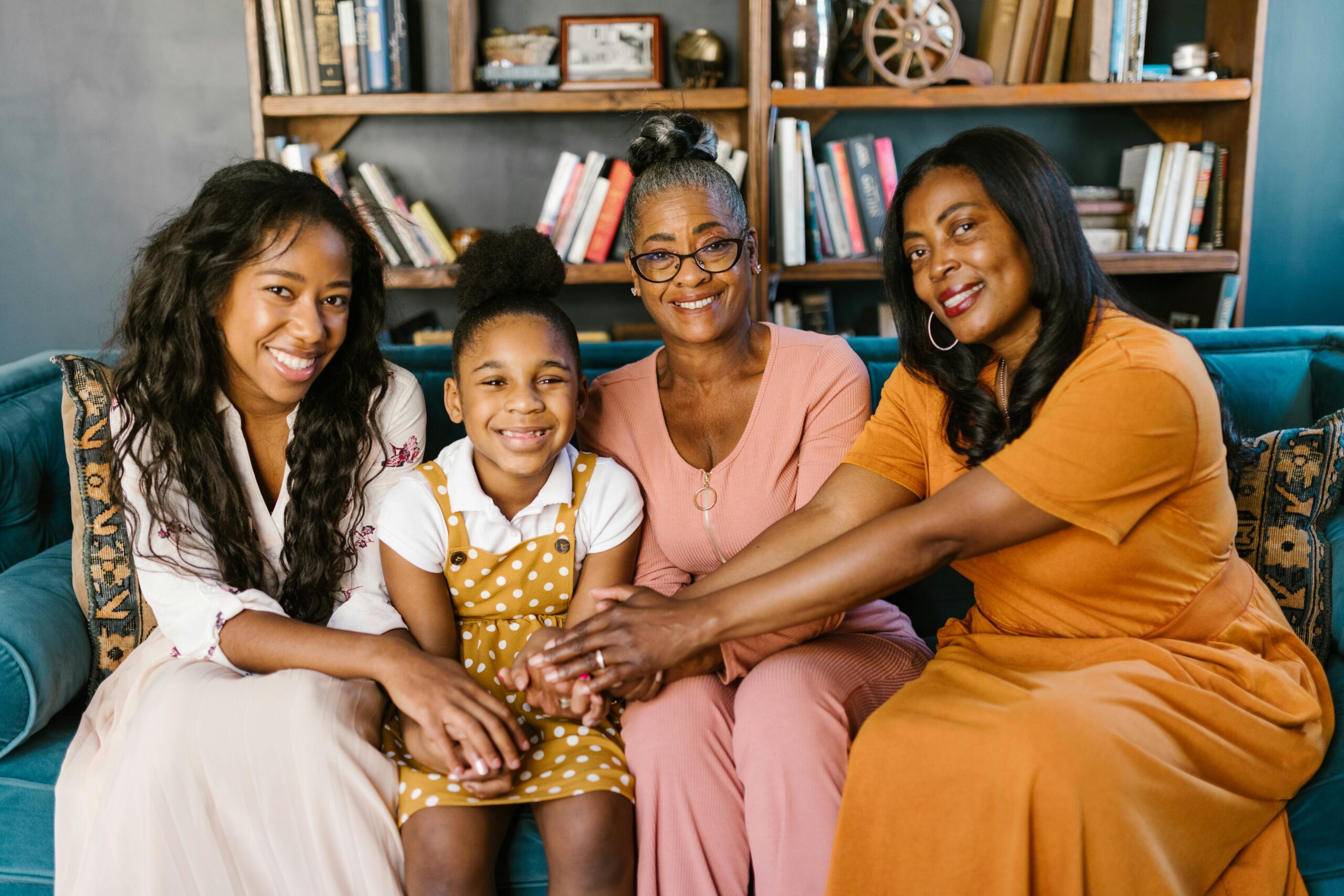Intergenerational trauma refers to the ways traumatic experiences and their consequences ripple across generations. For many African American families, this includes the legacy of slavery, Jim Crow, segregation, mass incarceration, economic exclusion, and ongoing racial violence and discrimination. These are not only historical facts; they shape everyday life, relationships, and mental health in deep and lasting ways.
Understanding that trauma can be inherited — not just remembered — helps make sense of patterns we see across families and communities: anxiety, hypervigilance, mistrust of systems, complicated grief, and health disparities. Naming these patterns is the first step toward healing.
How intergenerational trauma shows up
- Chronic stress and hypervigilance. Living in an environment where threat can be racialized trains the body to stay on alert. Over time, this chronic activation of stress systems contributes to anxiety, sleep problems, and physical health issues like hypertension.
- Transmission through parenting and family patterns. Parents who grew up in unsafe or unstable environments may unintentionally pass on coping strategies—such as emotional restriction, avoidance, or overprotection—that shape children’s emotional lives.
- Mistrust of institutions. Historical abuses by medical, legal, and educational systems create justified wariness that can make it harder to access care or support.
- Compounded grief and unresolved loss. Collective losses—lives taken by violence, communities displaced, cultural erasure—create layers of grief that are often unacknowledged and therefore unprocessed.
- Stigma and barrier to care. Cultural stigma about mental health, lack of culturally responsive services, and economic barriers reduce access to effective treatment.
Why this matters for mental health
Intergenerational trauma is not simply an abstract idea — it contributes to real disparities. Untreated trauma increases risk for depression, anxiety disorders, substance use, and poor physical health outcomes. It also affects schooling, employment, and relationships, perpetuating structural inequities that then reinforce trauma for the next generation.
Importantly, intergenerational trauma is not a statement about individual weakness or destiny. It’s a description of influence and constraint — and therefore something that can be addressed through community, clinical care, policy, and culturally grounded strategies.
Trauma-informed approaches that help
- Acknowledge history and validate experience. For mental health providers, schools, and community leaders, opening conversations that name historical and racial trauma helps clients feel seen. Validation reduces shame and creates therapeutic alliance.
- Culturally responsive care. Treatment that respects cultural values, spiritual practices, and communal strengths is more effective. This includes providers of similar background, or clinicians trained in cultural humility and restorative approaches.
- Focus on safety and regulation first. Before exploring trauma narrative, establish safety, stabilization, and self-regulation tools (breathing, grounding, sleep hygiene, manageable routines). These skills reduce reactivity and make deeper healing possible.
- Community and collective healing. Healing often happens in groups — families, faith communities, healing circles, or community programs. Collective rituals, storytelling, and reparative community action counter isolation and restore agency.
- Interventions across the lifespan. Early childhood supports, school-based mental health services, family therapy, and adult trauma treatment all matter. Prevention and early intervention can interrupt cycles before they consolidate.
- Address social determinants. Mental health improves when basic needs (housing, safe neighborhoods, economic opportunity, education) are addressed. Clinicians and advocates should coordinate with legal, social, and community resources.
Practical steps for individuals and families
- Name the impact. Talk about family histories and how stress shows up in relationships. Naming patterns makes them easier to change.
- Build regulation habits. Regular breathing exercises, movement, sleep routines, and predictable family rituals help recalibrate stress systems.
- Seek culturally attuned support. Look for therapists, clergy, or community healers who understand racialized trauma. If cost is a barrier, explore community clinics, nonprofit programs, or sliding-scale therapists.
- Create safe conversations with children. Provide age-appropriate explanations about history and current events; validate feelings, and teach simple coping tools.
- Connect to ancestry and strengths. Exploring family stories, cultural practices, and community resilience can build identity and counter narratives of deficit.
For providers and systems: what to do differently
- Train staff in racial trauma and cultural humility.
- Create care pathways that reduce barriers (transportation, cost, flexible hours).
- Partner with community leaders and healers to co-design interventions.
- Advocate for policies that reduce inequities (housing stability, criminal justice reform, educational equity).
Hope and resilience
Despite the weight of intergenerational trauma, African American communities have long practiced resilience: mutual aid networks, faith traditions, storytelling, activism, and creative expression have sustained healing across generations. Effective treatment combines evidence-based trauma work with cultural healing practices and systemic change.
Healing is not a quick fix, but it is possible. When families, communities, clinicians, and policymakers work together — acknowledging history, reducing harm, and expanding resources — the cycle of trauma can be interrupted and replaced by patterns of safety, connection, and flourishing. Reach out to Soul Sprout Mindful Care for support navigating intergenerational trauma within your family!


Leave a Reply